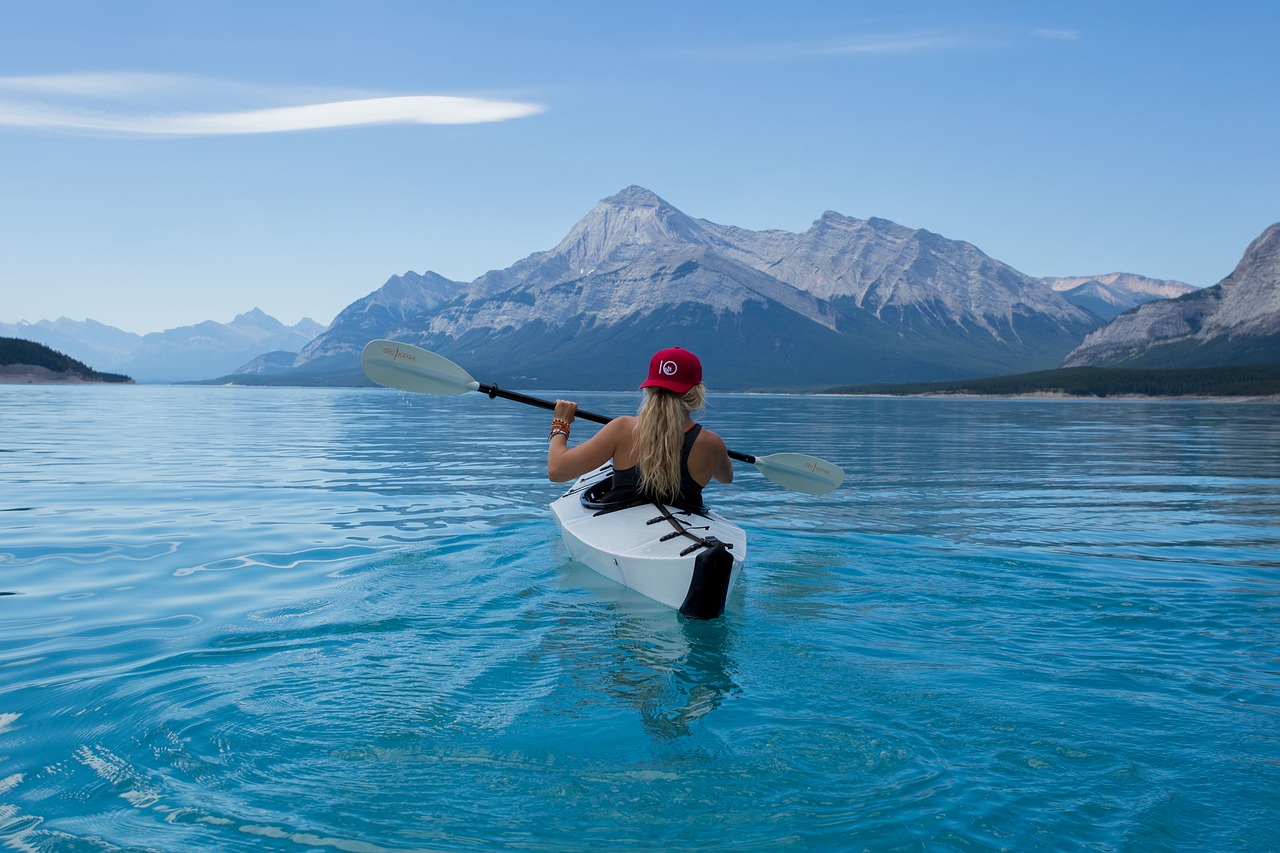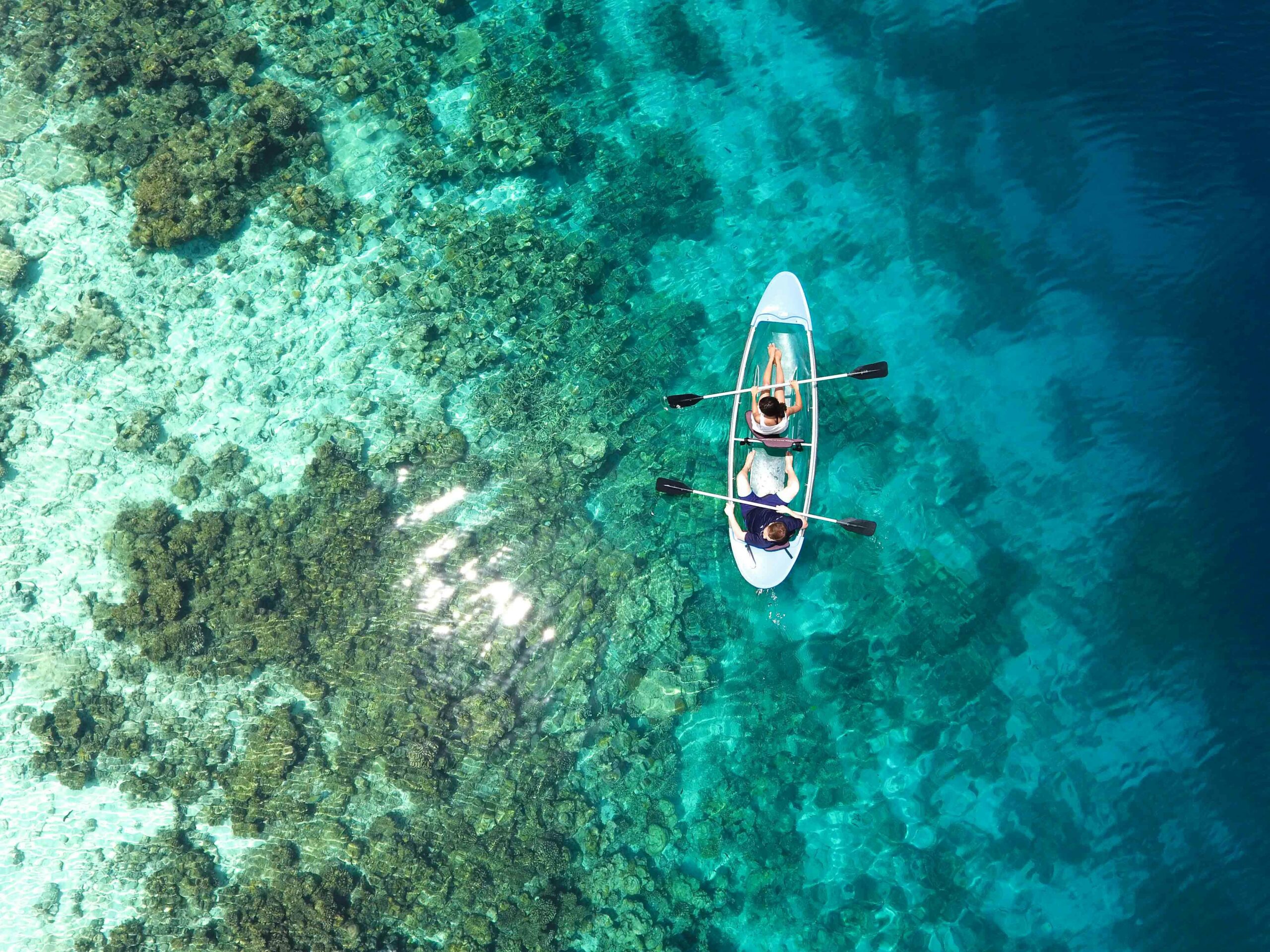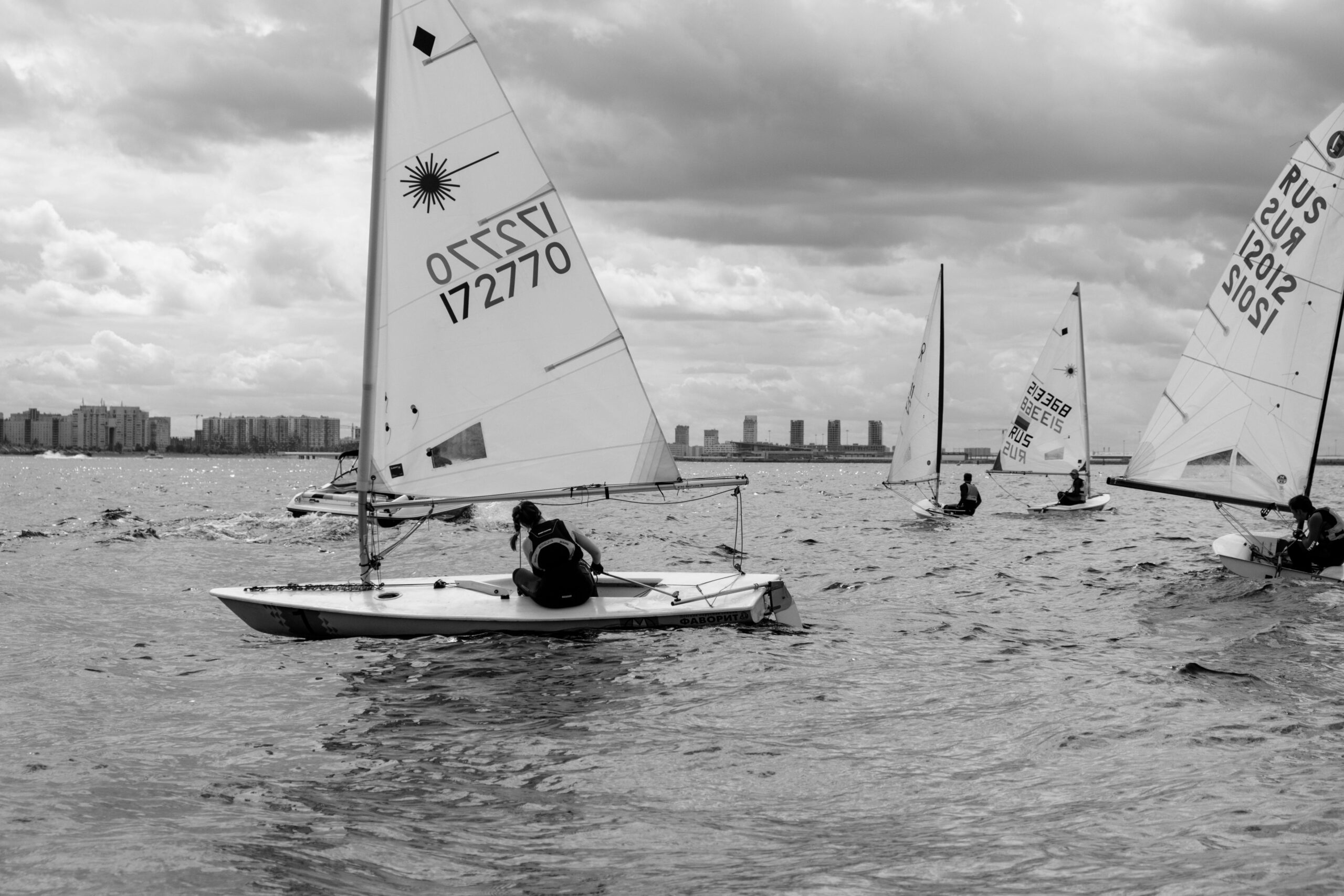Additionally, it’s important to respect speed limits and navigate at safe speeds based on water conditions, weather, and nearby boats. Being courteous and following proper boating etiquette ensures that everyone on the water can enjoy their time without unnecessary incidents.
For instance, understanding right-of-way rules can help prevent accidents when two boats are coming towards each other.
Packing essentials such as sunscreen, snacks, water, and extra clothing is also key. Be sure to bring communication devices like a cell phone or a radio in case of emergencies.

It’s always a good idea to let someone on land know your departure time, destination, and estimated return time. This way, if anything goes wrong, someone will be able to alert authorities.

Before heading out, you should also familiarize yourself with the rules of the water. Just as there are traffic laws for cars, there are rules for boating to ensure safe and smooth navigation.

It’s a good idea to regularly check that these items are in working order and that you have enough supplies for the entire duration of your trip.
Planning your boating trip is another essential step. Research the body of water you plan to explore to understand its layout, potential hazards, and navigational challenges. Checking the weather forecast is also crucial, as sudden storms or changing weather conditions can make boating dangerous.
Practice is essential when you’re first starting out. If possible, take time to practice basic boating skills in calm, sheltered waters before attempting more challenging environments. Get comfortable with starting and stopping the engine, steering, and docking your boat.
Generally, the larger vessel or the one with more restricted maneuverability has the right of way. In the case of a capsized boat, stay with the vessel if possible and wait for help to arrive.
Owning a boat comes with the responsibility of maintaining it to ensure it runs smoothly and safely.
Regular boat maintenance is key to preventing breakdowns and accidents while you’re out on the water.
Also, ensure that you properly store your boat when it’s not in use, especially during winter months, to protect it from the elements.
In conclusion, boating is a rewarding and enjoyable experience, but it’s important to approach it with the right knowledge and preparation.
